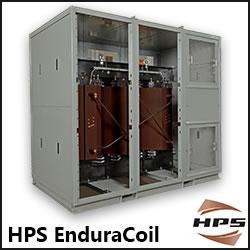Scottish Renewables calls for greater transparency on constraint payments
"In the interests of transparency and an open debate about the costs and benefits of all forms of electricity, it is time for the grid operator to publish details of payments to other individual sectors – not just to wind."
In response to recent media reports on the amount paid to wind farm operators not to generate electricity, Scottish Renewables has called for greater transparency over payments to other forms of electricity generation, which are six times greater than payments to wind.
Niall Stuart, Chief Executive of Scottish Renewables, has written to National Grid demanding that the company publish a regular breakdown of payments to all forms of electricity generation, not just wind as is current practice.
Commenting on recent reports which only highlighted payments to wind power, Mr Stuart said: "Wind was responsible for 14% of all constraint payments in the first half of this financial year, with coal, gas and hydro accounting for the vast majority of the other 86%.
"Total constraint payments were equal to £161.2m and the cost of constraining wind was £23.3m, meaning that coal, gas and other generators received £137.9m – six times the amount paid to wind.
"Despite this, National Grid only publishes detailed figures on payments to wind, with no breakdown given for the other sectors.
"In the interests of transparency and an open debate about the costs and benefits of all forms of electricity, it is time for the grid operator to publish details of payments to other individual sectors – not just to wind."
He added: "Constraint payments are an essential part of managing the grid, but the public deserves to know where their money is being spent, and the fact that payments to wind are significantly less than those made to coal and gas generation."
When National Grid is unable to fulfil their contractual obligation of taking electricity from an individual generator they are asked to reduce output or cease operation. The operator is compensated for loss of revenue via constraint payments. This is a routine practice of balancing the grid which needs to meet supply and demand continuously throughout the day.
Recent figures published by the Department of Energy and Climate Change revealed Scottish renewable energy projects generate the equivalent of 40% of our electricity needs; more than either coal or gas.
Featured Product

HPS EnduraCoilTM Cast Resin Medium Voltage Transformer
HPS EnduraCoil is a high-performance cast resin transformer designed for many demanding and diverse applications while minimizing both installation and maintenance costs. Coils are formed with mineral-filled epoxy, reinforced with fiberglass and cast to provide complete void-free resin impregnation throughout the entire insulation system. HPS EnduraCoil complies with the new NRCan 2019 and DOE 2016 efficiency regulations and is approved by both UL and CSA standards. It is also seismic qualified per IBC 2012/ASCE 7-10/CBC 2013. Cast resin transformers are self-extinguishing in the unlikely event of fire, environmentally friendly and offer greater resistance to short circuits. HPS also offers wide range of accessories for transformer protection and monitoring requirements.
